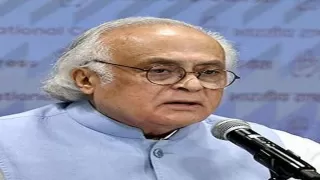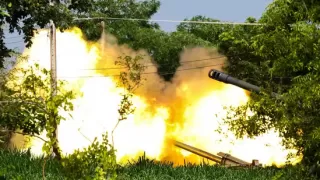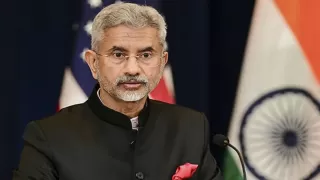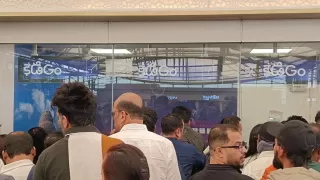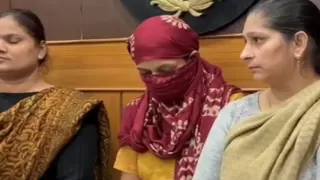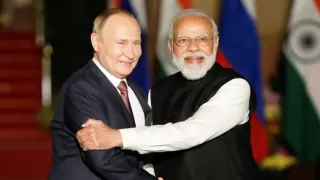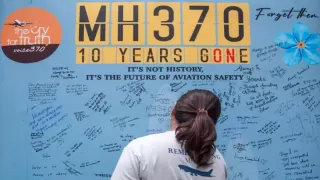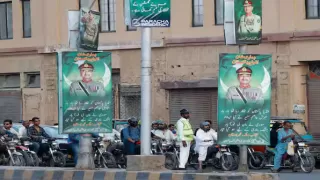Israel has launched a new round of powerful airstrikes on Gaza after Prime Minister Benjamin Netanyahu ordered immediate retaliation against Hamas attacks in the southern part of the enclave. The escalation comes just days after a US-brokered ceasefire, raising fears of renewed large-scale conflict in the already war-torn region.
The Israeli military confirmed that its fighter jets struck multiple sites across northern and southern Gaza following reports of Hamas gunfire targeting Israeli forces near Rafah. The order from Netanyahu marked one of the most forceful responses since the ceasefire began earlier this month, with heavy bombardments reported close to hospitals and residential areas.
Israeli Strikes Follow Hamas Fire
According to the Israeli Defence Forces (IDF), Hamas fighters opened fire at Israeli troops in southern Gaza earlier on Tuesday, prompting immediate retaliation. The strikes reportedly hit an area near Gaza’s Shifa Hospital — the largest operational hospital in the north — and several sites in Khan Younis, where rescue workers searched for casualties under the rubble.
Gaza’s civil defence agency said at least 30 people were killed in the attacks, including five in the southern Gaza Strip. Witnesses described scenes of devastation as buildings collapsed and emergency crews struggled to reach the injured amid continued bombardment.
Netanyahu’s Directive and Defence Minister’s Warning
Prime Minister Netanyahu’s directive for “powerful strikes” came amid heightened regional tensions. In a statement, Israeli Defence Minister Israel Katz warned that Hamas would “pay a heavy price” for targeting Israeli forces, adding that Israel would “respond with great force” to any further provocations.
The Israeli military said its troops were fired upon in Rafah and returned fire, though no casualties were reported on the Israeli side. The Associated Press quoted an Israeli official saying the incident underscored the fragility of the ceasefire agreement and the continuing volatility in southern Gaza.
Ceasefire Under Threat
The renewed violence has put the fragile truce in jeopardy. Israel accused Hamas of violating the ceasefire terms after the group handed over body parts belonging to a hostage previously declared dead. Netanyahu called the move a “clear violation” of the deal, which required Hamas to return all deceased hostages promptly.
Following Israel’s latest strikes, Hamas announced it would delay the return of additional hostage remains — a move likely to further stall the next phases of the ceasefire process. Those phases involve complex negotiations over disarmament, international security deployment, and governance of the Gaza region.
Humanitarian and Political Fallout
Humanitarian agencies have warned that the renewed escalation will worsen Gaza’s dire conditions, as hospitals struggle with dwindling medical supplies and thousands of displaced families seek shelter. Egyptian teams have joined efforts in Khan Younis to recover bodies from under the debris as tensions rise along the border.
The latest round of violence follows earlier incidents this month when Israeli forces reported losing two soldiers to Hamas fire, prompting retaliatory strikes that killed at least 40 Palestinians. The cycle of attacks and counterattacks has continued to challenge peace efforts, with both sides accusing each other of violating ceasefire terms.
Ongoing Uncertainty in Gaza
Despite repeated diplomatic interventions, Gaza remains on edge. Israel insists that military pressure is necessary to deter future Hamas attacks, while international observers warn that the situation risks spiraling into another full-blown conflict. The continuation of airstrikes and retaliatory fire underscores the deep mistrust that still divides both sides.
As of Tuesday night, the IDF maintained that operations would continue “as long as necessary” to neutralize threats from Gaza, while global leaders called for restraint and the immediate restoration of the ceasefire. With both military and political tensions rising, hopes for lasting peace in the region appear increasingly fragile.
Also Read: Cyclone Montha Set to Hit India, Millions Brace for Impact




